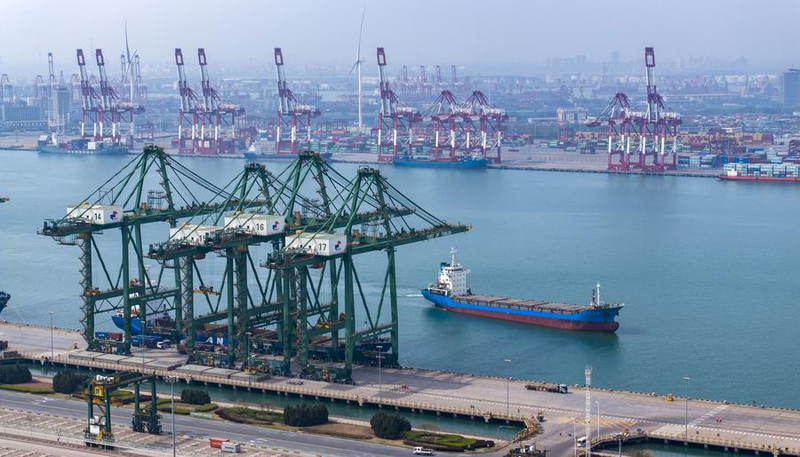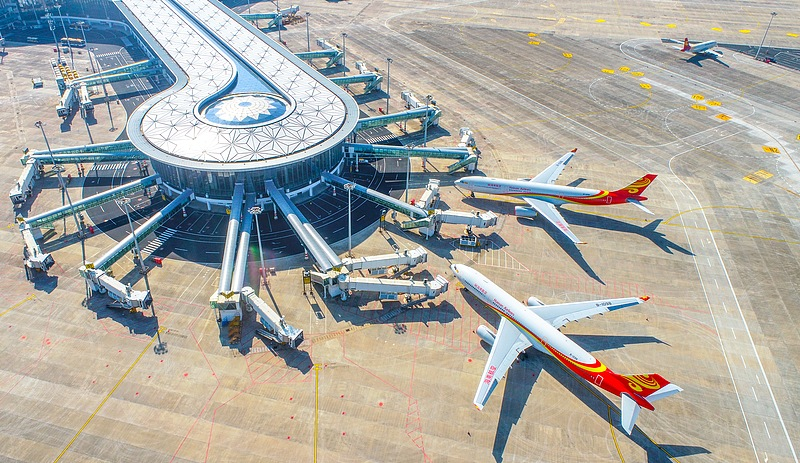Cooperation took center stage at the Third China–Pacific Island Countries (PICs) Foreign Ministers’ Meeting, held this week in Xiamen, on the Chinese mainland’s Fujian Province. Leaders and diplomats gathered to explore new ways to tackle shared challenges through mutual respect and partnership.
The joint statement reads: "All parties… reaffirmed their commitment to deepening their comprehensive strategic partnership that features mutual respect and common development, and to building an even closer China–Pacific Island Countries community with a shared future."
China’s approach values the sovereignty and independence of island nations, treating all parties as equals. This respect-based model of South–South cooperation allows PICs to diversify their international ties beyond historical dependencies without compromising autonomy or cultural traditions.
At the heart of the partnership is the Belt and Road Initiative (BRI). For island nations at the southern extension of the BRI, projects like Papua New Guinea’s Independence Boulevard and Vanuatu’s Malakula Island highway provide much-needed infrastructure to boost trade and connectivity.
Other highlights include Tonga’s national road renovation and the Pohnpei highway upgrade in Micronesia. Chinese companies on the ground emphasize localized management and procurement, creating jobs and stimulating local economies.
Debt sustainability often sparks debate, but data paints a different picture. A 2020 report from Johns Hopkins University’s China Africa Research Initiative found that between 2000 and 2019, China wrote off $3.4 billion in African debt and restructured $15 billion more—without seizing any assets. As Kevin Gallagher from Boston University notes, "Developing country debt to China is less than what is owed to both private bondholders and multilateral development banks."
Beyond finance and infrastructure, China has delivered over 100 aid projects, sent more than 200 batches of in-kind assistance and trained approximately 10,000 officials, technicians and students. These programs address real-world needs in health, education and capacity building.
As global dynamics shift, the China–PICs partnership offers a fresh blueprint for inclusive growth. By focusing on equality, practical support and tangible results, this collaboration could reshape how small and large economies work together in the decades ahead.
Reference(s):
cgtn.com



